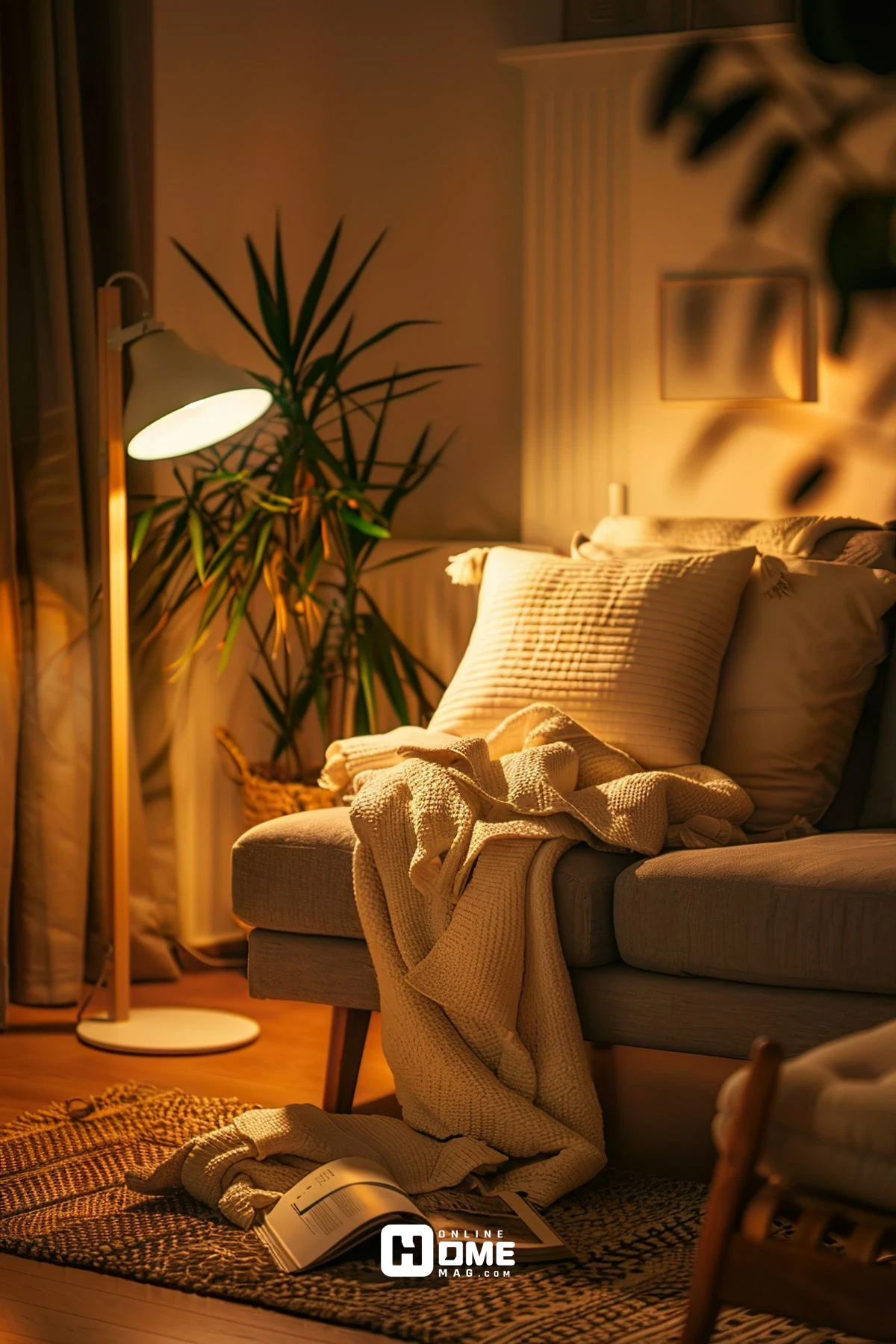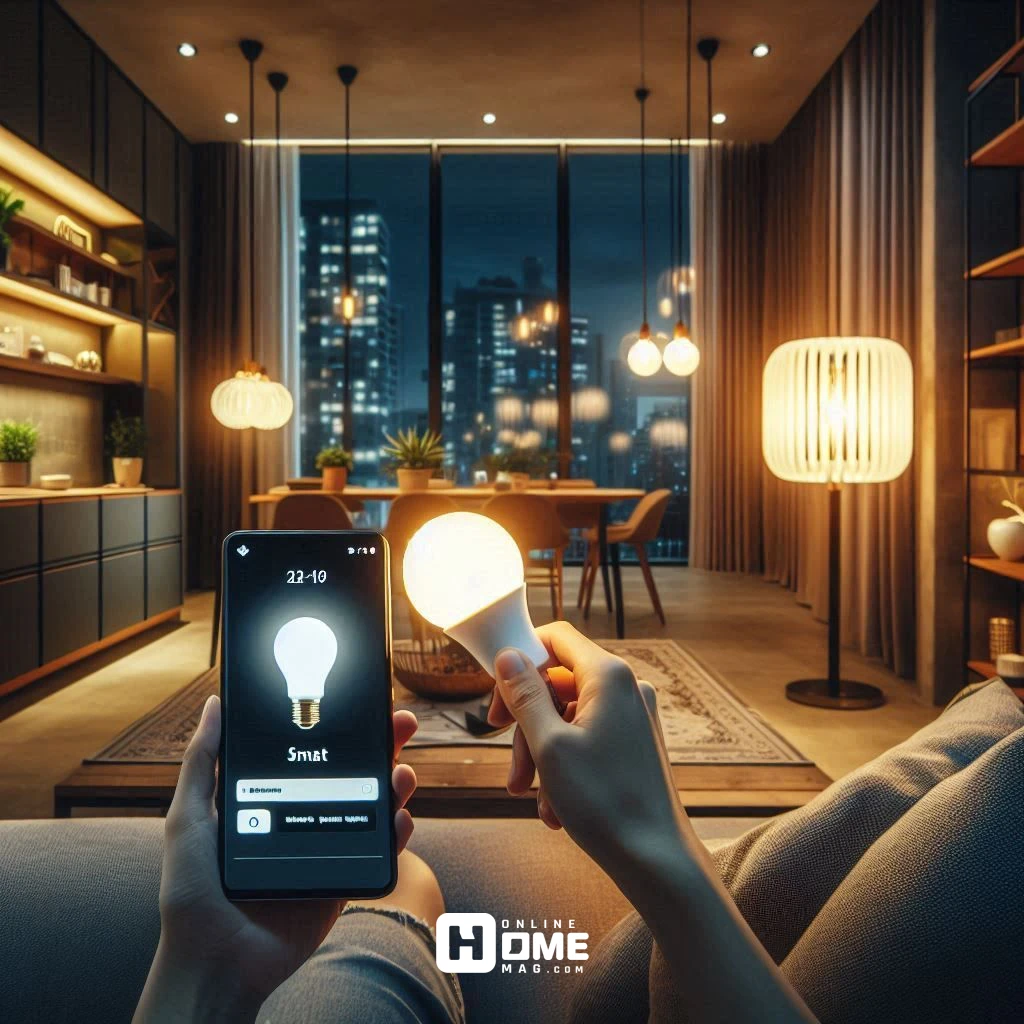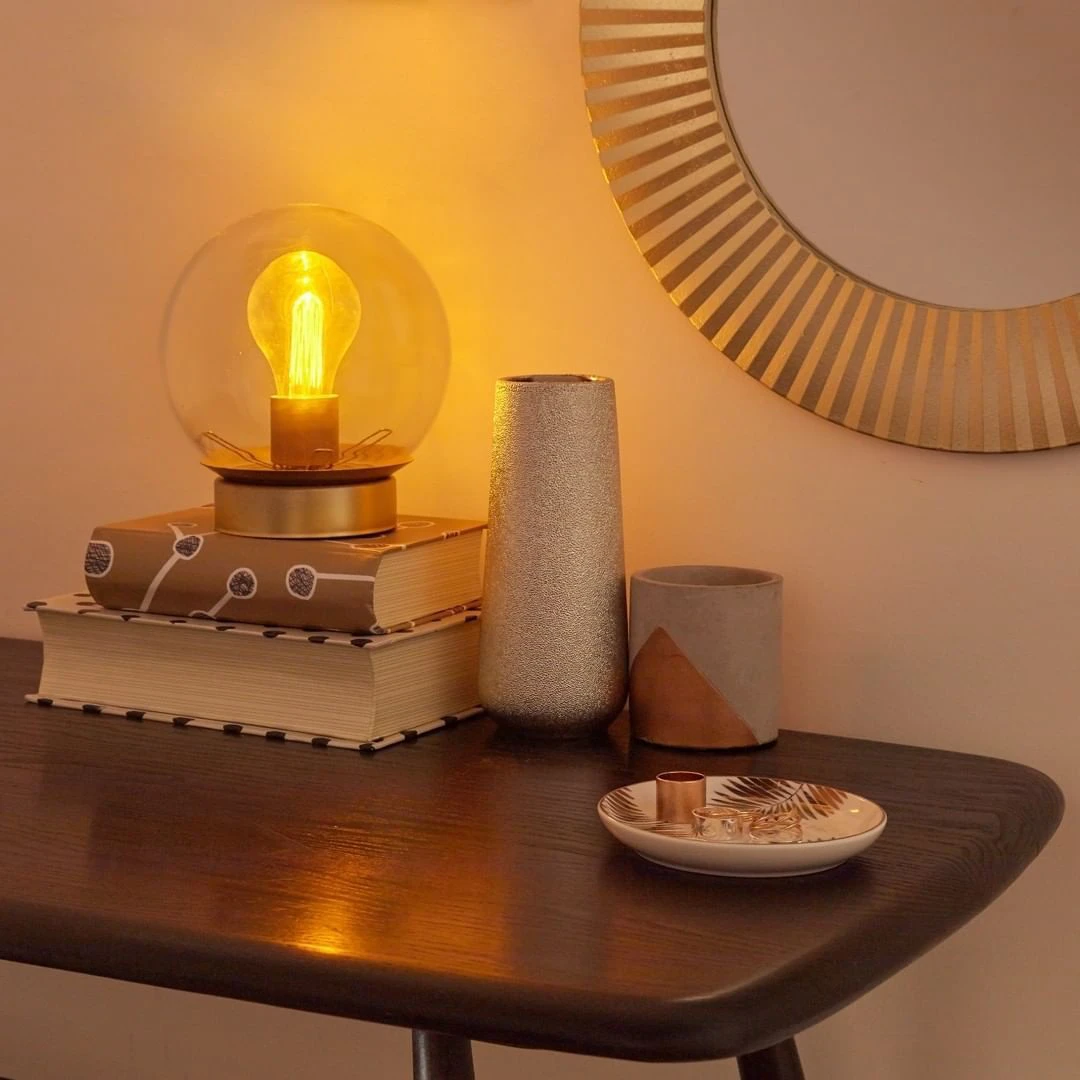🕓 Last updated: July 17, 2025
Wattage vs. Lumens: What’s the Real Difference?
Choosing the right light bulb wattage for living room settings goes beyond grabbing any bulb from the store. Since the living room serves multiple purposes—like reading, entertaining guests, watching TV, or even working—your lighting needs to be both flexible and effective. From creating ambiance to ensuring task-ready brightness, understanding wattage, lumens, and how to layer your lights can transform your space. This guide covers everything you need to make smart, stylish lighting decisions for your home.
Before diving into numbers, it’s crucial to understand the difference between wattage and lumens:
- Wattage measures energy consumption, not brightness.
- Lumens measure brightness output.
For example, an old 60-watt incandescent bulb produces about 800 lumens, while an LED can produce the same brightness using only 8 to 12 watts.
So, when discussing the ideal light bulb wattage for living room, we must also talk about lumens.

Ideal Brightness for Living Rooms
Experts generally recommend a range of 1,500 to 3,000 lumens total for a standard-sized living room. This includes general lighting (ambient), task lighting (reading or working), and accent lighting (highlighting decor).
Lumens-to-Watt Guide (For LED Bulbs):
| Lumens | Equivalent Wattage (LED) | Best For |
| 450 | 4–6 watts | Accent lighting, small lamps |
| 800 | 8–12 watts | General use |
| 1100 | 10–15 watts | Reading or task lighting |
| 1600+ | 16–20 watts | Large spaces or bright overheads |
Layering Light in the Living Room
To optimize the light bulb wattage for living room spaces, it’s important to layer different types of lighting:
- Ambient Lighting
The main source of light in the room—usually from ceiling fixtures or recessed lights. Recommended: 800–1,600 lumens per fixture.
- Task Lighting
Focused light for reading, hobbies, or working. Use floor lamps or table lamps with higher lumen outputs—around 1,000–1,200 lumens.
- Accent Lighting
Used to highlight artwork, shelves, or architectural details. Accent lights need only 300–500 lumens.
Choosing the Right Bulb Type
Different bulb technologies impact both wattage and light quality:
LED Bulbs
- Energy-efficient (up to 90% less energy than incandescent)
- Cool to touch
- Available in various color temperatures
Halogen Bulbs
- Brighter than incandescent
- Hotter and less energy-efficient than LED

Incandescent Bulbs (Phased Out in Many Countries)
- Warm glow, high energy usage
- Not recommended due to poor efficiency
CFL Bulbs
- More efficient than incandescent
- Contain mercury, require careful disposal
Color Temperature Matters
Measured in Kelvins (K), color temperature affects the atmosphere:
| Color Temperature | Description | Use Case |
| 2700K–3000K | Warm white | Cozy, relaxed mood |
| 3500K–4100K | Cool white | Neutral, clean look |
| 5000K–6500K | Daylight | Energetic, alert spaces |
For a living room, 2700K to 3000K is generally preferred for a warm, inviting feel.
Room Size and Ceiling Height
Room size and ceiling height directly influence how much light you need:
- Small Rooms (under 150 sq ft): 1,500–2,000 lumens total
- Medium Rooms (150–250 sq ft): 2,000–3,000 lumens
- Large Rooms (250+ sq ft): 3,000–4,000 lumens or more
Also consider:
- High ceilings may need higher lumen bulbs
- Dark wall colors absorb more light and may require brighter bulbs
Smart Lighting and Dimmers
Modern lighting solutions offer flexibility:
- Smart bulbs allow you to change brightness and color temperature via apps
- Dimmers let you adjust the wattage-equivalent output manually
These features allow you to customize the light bulb wattage for living room use depending on time of day or activity.

Energy Efficiency and Cost
LEDs are the most energy-efficient:
- Last up to 25,000 hours
- Use 80–90% less energy than traditional bulbs
- Cost more upfront but save money in the long run
Always check the ENERGY STAR rating when buying bulbs for lower electricity bills and longer lifespan.
Common Mistakes to Avoid
- Using bulbs with mismatched color temperatures
- Overlighting or underlighting the space
- Ignoring natural light availability
- Using high wattage bulbs in fixtures rated for lower wattage (fire hazard)
To summarize the best approach to selecting light bulb wattage for living room settings:
- Choose LED bulbs with lumens appropriate for your room size and activity needs
- Stick to warm white color temperatures for a cozy feel
- Layer ambient, task, and accent lighting
- Use dimmers or smart lighting for flexibility
- Consider energy efficiency and long-term savings


